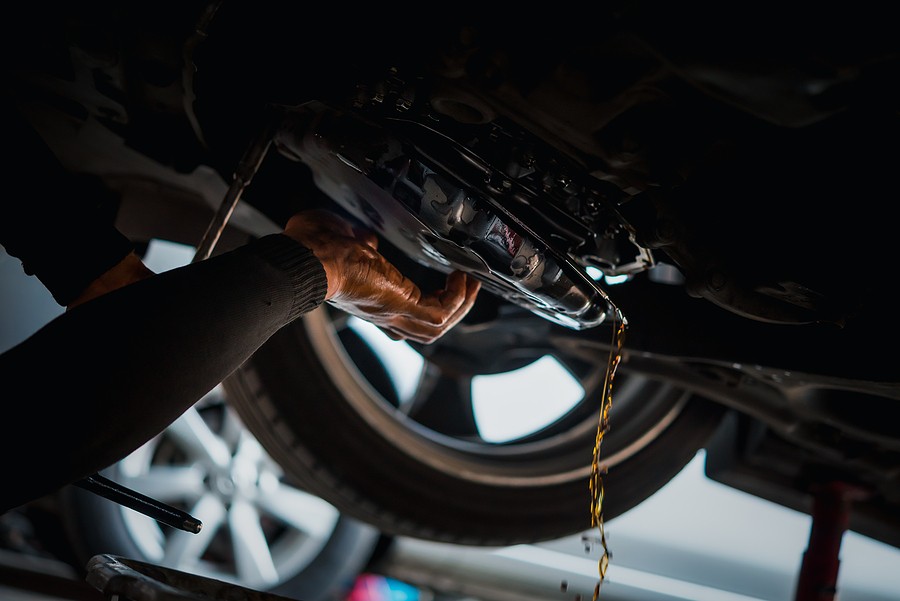Transmission fluid is the lifeblood of your car. It's what keeps all the gears turning smoothly, and it needs to be changed every 30,000 miles or so. Once this fluid approaches the end of its lifetime, you'll start to notice that your car doesn't shift into gear as smoothly anymore, or you may start seeing dark fluid leaking out from the bottom of the car.
A few warning signs can help you know whether it's time to get rid of your old transmission fluid and replace it with new fluid or top up your existing fluid.
One of the most obvious warning signs is dealing with burnt transmission fluid. This article will show you how to know if your transmission fluid is burnt. If you are experiencing any of these warning signs, it's time to have your transmission fluid checked.
Let's read on for details on “How To Know If Your Transmission Fluid Is Burned?”
What is transmission fluid, and what does it do?
Transmission fluid is the lifeblood of your car. It keeps all the gears turning smoothly, and if not changed regularly, it will start to break down inside your transmission system, which will result in poor shifting and potential damage to the components within the transmission.
In simple terms, without this vital fluid, you cannot have a smooth driving experience. This article explains how to check your Transmission Fluid level and what warning signs mean when it comes to burnt transmission fluid.
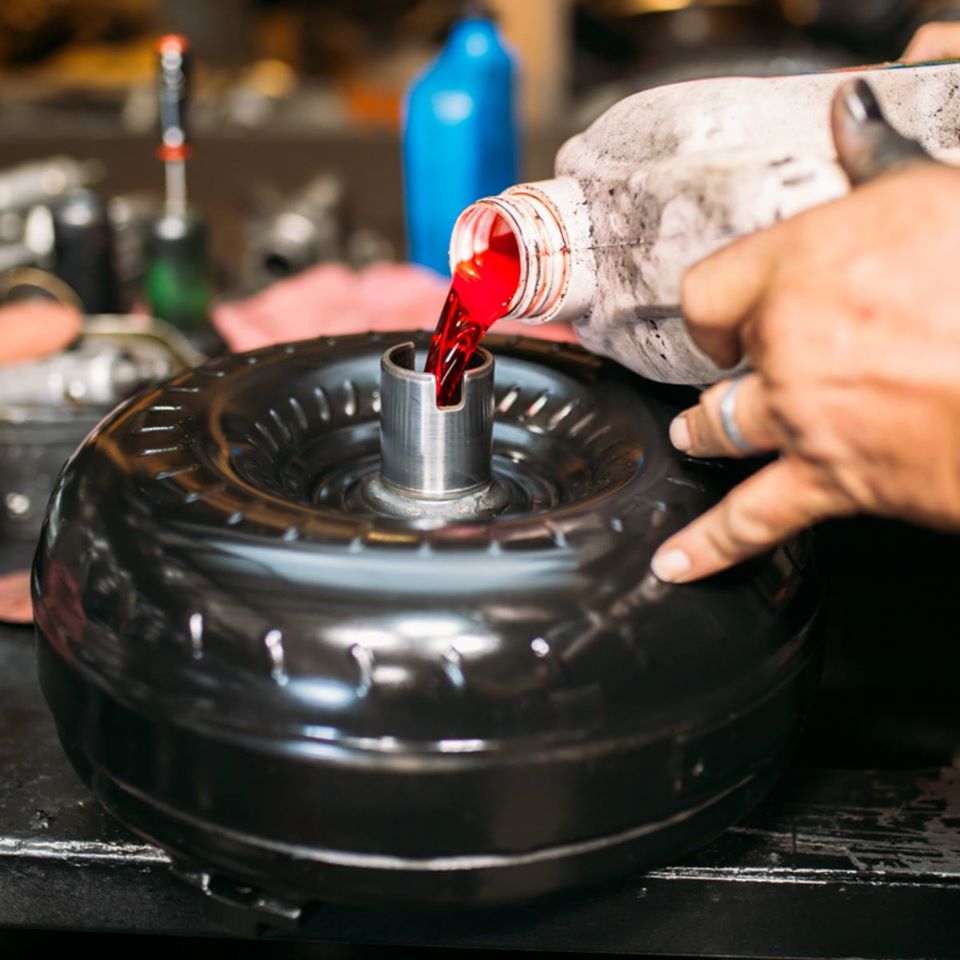
How often should you change the transmission fluid?
The interval to change the fluid varies depending on the type of car you drive. For example, suppose you run your car on steep terrain or extreme weather conditions. In that case, it makes sense to change the transmission fluid every 30-40,000 miles instead of mileage intervals recommended by manufacturers like Ford and Honda (60,000-90,000).
Some cars, however, like Porsche and BMW, recommend 50,000-75,000 mile transmission fluid changes.
What is burnt transmission fluid?
Burned transmission oil is different from regular dirty or old-looking fluids which you might find inside your car. This burnt fluid will have a dark brown color and smell like regular oil. This dead giveaway of this fluid being burnt can be easily spotted from outside or underneath the car.
Burned transmission fluid is a sign that parts within the transmission are slowly breaking down, and you might need to get your whole transmission replaced shortly, if not fixed immediately.
What causes your transmission fluid to burn?
Several things can cause your transmission fluid to burn. Here are some of the most common causes for a burnt transmission fluid
1. Slack auto transmission fluid level
One of the most common causes for burnt transmission fluid is a low fluid level, which can be a sign of a problem with your transmission. If the fluid level gets too low, it exposes all of the inner components of your transmission to air, resulting in overheating and therefore burning the fluid.
This is a sign that you need to get your car to a professional mechanic or transmission specialist for an inspection. It's important to add enough fluid to the transmission so that all of its inner components are properly lubricated.
2. Low fluid level for a long period
Another cause may be caused by neglecting your transmission needs or just not having enough time to do regular maintenance on your car. If the fluid level is low for a longer period, it can result in major damage to the transmission and even total breakdown. This may require a complete transmission replacement, so watch out for warning signs of burnt transmissions
3. Malfunctioning transfer case
Another common cause for burned fluid is when the transfer case malfunctions and doesn't send proper amounts of oil into each part of the transmission system. You might experience this problem if your car experiences skipping or hesitations while driving on hills, especially over five mph. It's important to get any such problems checked as soon as possible to avoid any further damage to other parts within your transmission system.
4. Mechanical error with sensors
If you notice that your car is slipping gears after driving uphill or there's hesitation during gear shifts, it means that problems with your transmission sensors are causing the fluid to burn. The sensors in your car detect the torque being generated in each gear and send signals to your automatic transmission so that it can shift gears properly.
If there's a problem with either of these two sensors, it will result in problems when shifting between gears, which means you may have to drive cautiously or even completely avoid certain types of terrain if the hesitation is too bad. This is very dangerous as it can lead to accidents while driving on busy roads where you have no choice but to go uphill at times.
5. Dirty oil filter
One of the most common causes for burnt transmission fluids is when your oil filter gets clogged up and doesn't allow the proper amount of fresh, clean oil to pass through. If your oil filter is completely clogged for a long period, it will lead to overheating, and this, in turn, results in burning the fluid.
This is a very dangerous problem affecting other parts of your transmission system. When you don't have enough fresh oil passing through, there's no lubrication provided to different components of the car. This means that you might have to get your whole transmission replaced if it gets too much damaged from being exposed to air without any proper lubrication for a long period.
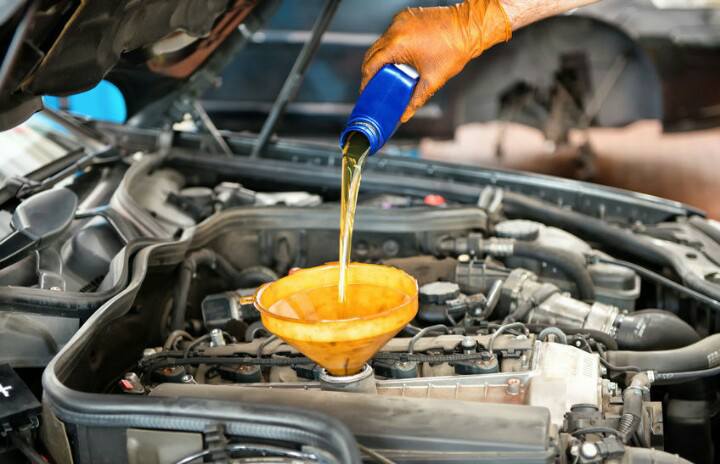
How To Know If Your Transmission Fluid Is Burned?
When the transmission fluid gets burned, it'll show you some clear symptoms that you have to keep an eye for. If you're noticing any of these symptoms, especially if they are frequent, it's time to have your car checked as soon as possible, as burnt transmission fluid can lead to major damage if left unattended.
1) Dark Brown or Black Fluid
The color of dirty or burned transmission fluid will be dark brown or black coming out from the bottom of the car. This may not necessarily indicate that something is wrong with your transmission, but if you notice this happening more frequently, it could be an indicator that your fluid is getting too old and needs to be replaced.
2) Slipping Gears
As the fluid gets burnt inside the transmission system, you will notice slipping gears or even grinding sounds when shifting into a higher gear. These are usually signs of the clutch plates not gliding smoothly over one another anymore.
3) Grinding Sounds When Shifting Into A Higher Gear
If you're experiencing any of these symptoms, then there's a chance that your car's transmission fluid is either nearing its end or has already gone past it. To find out exactly how burnt your fluid is, have it tested by a professional mechanic as they can help identify whether the fluid has burnt too severely.
4) Hard Shifts
Hard shifts are another sign that your transmission fluid is getting burnt. Hard shifts are when you put in the clutch and press down on the gas, but instead of gliding smoothly into a higher gear, the transmission feels like it's trying to shift and struggles. This is especially common when the fluid is burnt and contains metal shavings.
5) Fluid Leaks
If your transmission fluid is burnt too badly, there's a chance it could leak out from your car's bottom casing and damage surrounding parts such as bolts and bolts. This can also lead to an oil spill which would be very messy and costly to clean up.
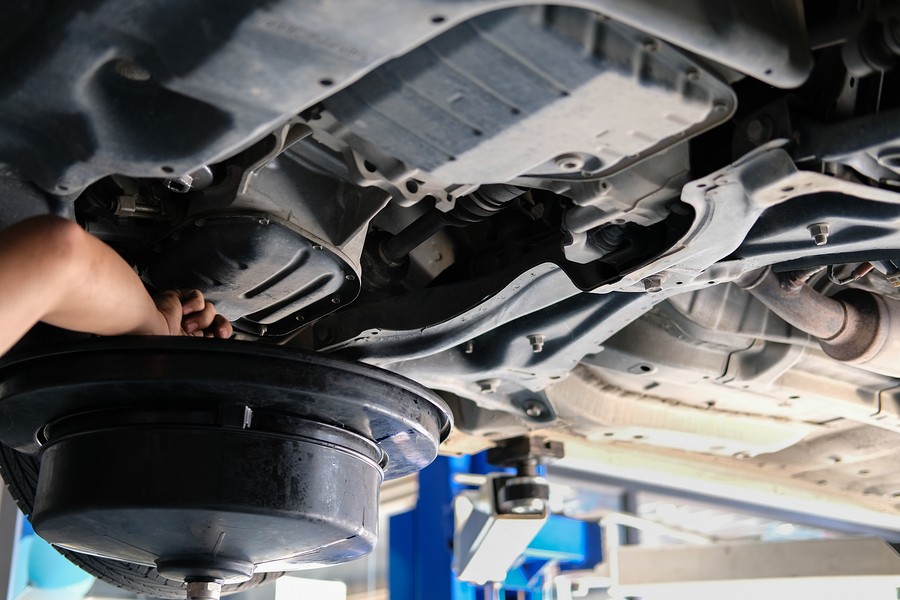
How to change your transmission fluid?
When the transmission fluid is burnt, you'll need to change it immediately to prevent dealing with consequences that could cost you thousands of dollars on repair. Of course, you're always recommended to visit a mechanic shop to get the fluid replaced.
However, if you have the right skills, you can replace your burnt transmission fluid yourself by following these simple steps:
1. Prepare a fluid catch tank and a drain pan
2. Park your car on a level surface
3. Drain used transmission fluid from the fluid casing
4. Add new transmission fluid to the empty casing and watch it fill up to the appropriate level on the dipstick
5. Re-attach all bolts, lids, and caps after replacing your burnt Transmission Fluid
How much does it cost to change the transmission fluid?
On average, it should cost around $75 to $100 to replace your burnt transmission fluid. This assumes that you don't have any major repairs needed on the car and want to change the fluid.
However, transmission fluid change cost differs by vehicle's brand and fluid type. For example, for Mercedes-Benz, the cost is around $219 per quart of fluid.
As you can see, it's cheaper to do your burnt transmission fluid replacement than getting it done at a mechanic shop. But, of course, there are specific tools and equipment needed for this process so having them ready beforehand is key.
Labor cost is an important component in determining how much you'll end up paying for a transmission fluid change. Therefore, you should ask your mechanic beforehand how much they charge for labor to help estimate overall costs.
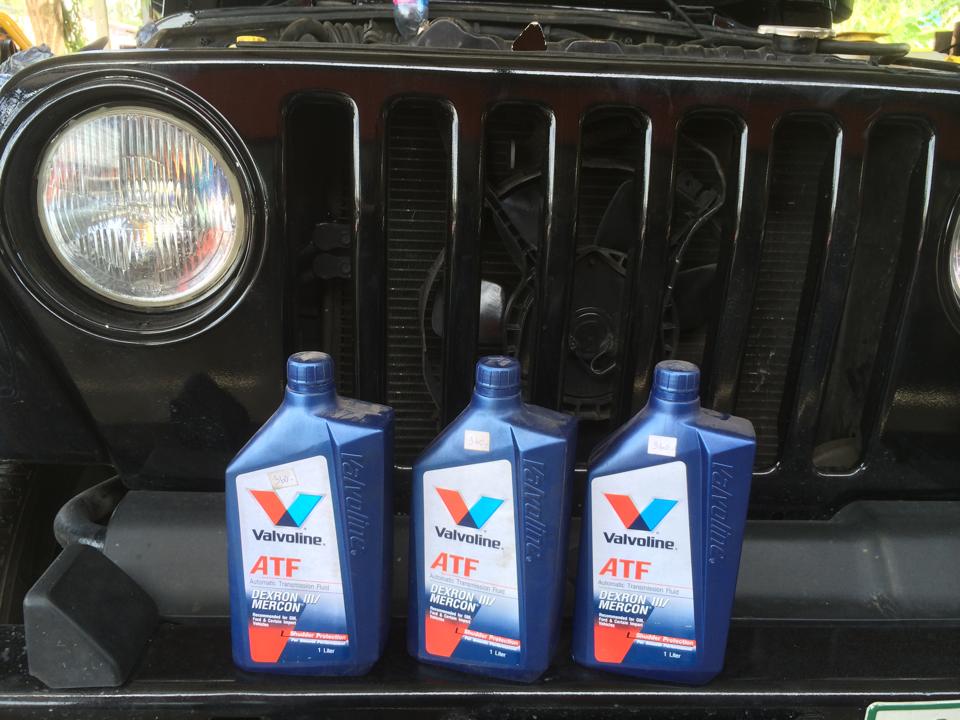
How To Know If Your Transmission Fluid Is Burned FAQs
This section answers frequently asked questions that people may ask about burnt transmission fluid.
What happens when the transmission fluid is burnt?
As mentioned previously, the transmission fluid helps lubricate your vehicle's gears and other parts. When it gets burnt, you can expect to hear grinding sounds when shifting gears, slipping gears, and even hard shifts. In addition, as the fluid gets burnt, metal shavings start appearing inside, which damages the lining of the gears and makes them less slippery.
Can burnt transmission fluid be fixed?
If the level of damage is not severe, it's possible to fix the burnt transmission fluid. But if there are major metal shavings in the fluid, then you'll need to replace the entire damaged parts.
Can transmission fluid burn up?
Yes, the fluid can burn up. However, too many metal shavings in the transmission fluid make it burn easily when exposed to heat.
What does a burnt transmission smell like?
If you have burnt transmission fluid, one of the first things to look for is an unusual smell. When your transmission fluid gets burnt, it releases a nasty odor that smells more like a machine shop than a vehicle.
How long does it take for transmission fluid to burn?
Transmission fluids can burn in as little as 10 minutes, depending on how severe it is. This means that if your fluid gets too hot for a short amount of time, it could still get burnt and damage all the parts within.
Will burnt transmission fluid cause shifting problems?
Yes, burnt fluid is one of the main causes of shifting problems. This is because when it's burnt, the metal shavings start to mix in with your transmission fluid and affect its lubricating properties.
Why does my car smell like it's burning when I accelerate?
Your car may smell like it's burning when you step on the gas pedal. This is because the transmission fluid starts to burn whenever you put a lot of pressure on it.
Can you check transmission fluid?
Unfortunately, checking the transmission fluid level is almost impossible to do by yourself as it requires a specialist scanner.
Is burnt transmission fluid corrosive?
Yes, burnt fluid can be very corrosive and damaging for your gears and other parts within the transmission system. This is because as the metal shavings start mixing with the fluid, you'll start hearing unusual sounds and smells.
Is burnt transmission fluid dangerous?
Yes, if you let your car run with burnt fluid for too long, it can be very dangerous and lead to serious accidents. This is because the parts of your transmission system don't work as smoothly as they should, which puts a lot of stress on them over time.
Is transmission fluid and differential fluid the same?
No, transmission fluid is designed specifically for transmissions, while differential fluid is designed to lubricate your vehicle's differentials.
Conclusion
If you're experiencing any of the symptoms mentioned above, your transmission fluid may have been burnt. This can be a serious issue and should not be ignored. Instead, bring your car to a mechanic as soon as possible for a diagnosis to see if there is significant damage done to the transmission system.
In some cases, burnt transmission fluid can be fixed, but you may need to replace entire parts of the system in other cases. Remember that prevention is always better than cure, so make sure you watch your transmission fluid levels and change them when necessary.

